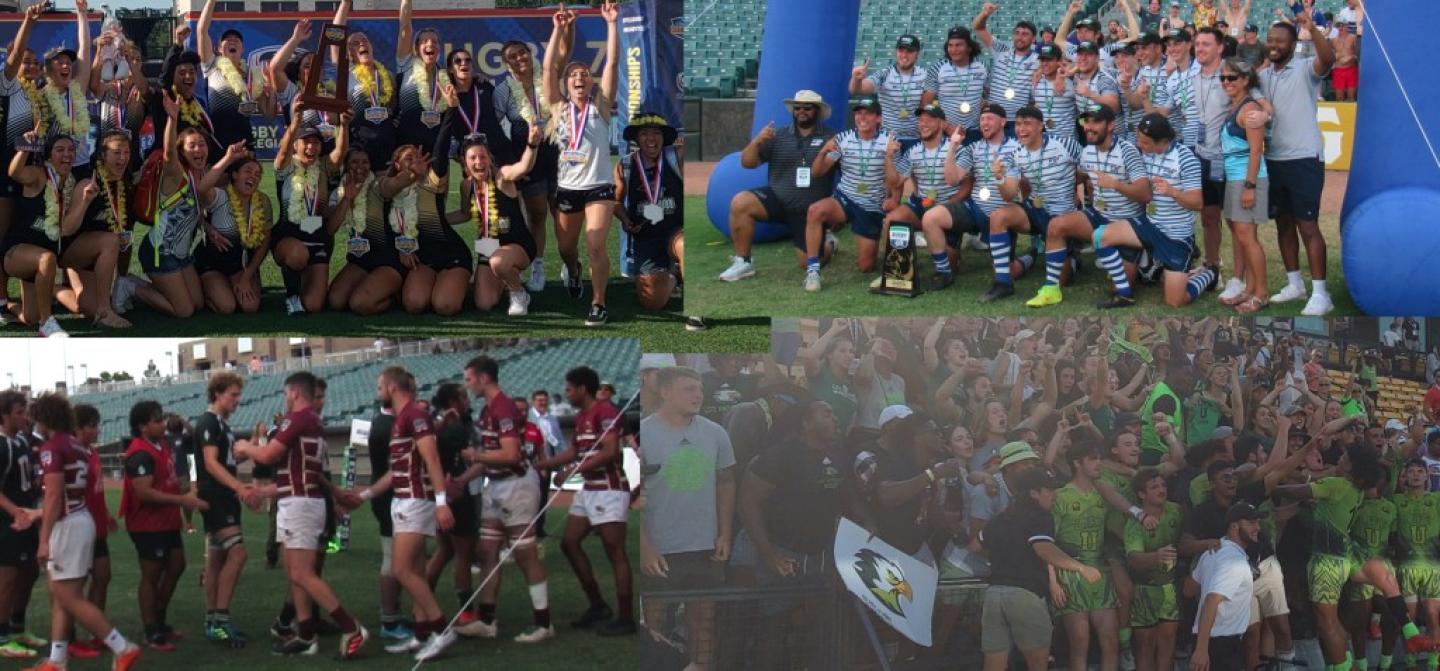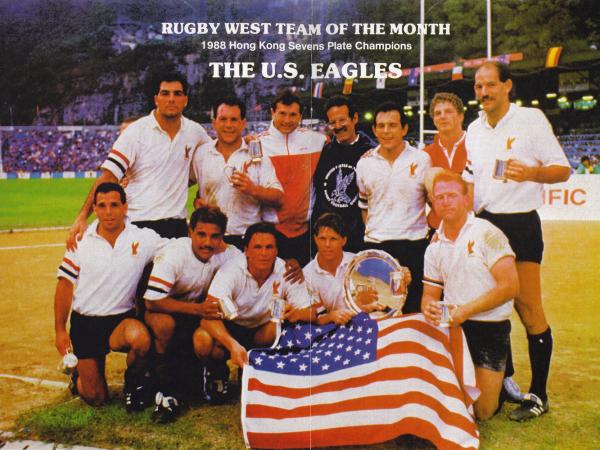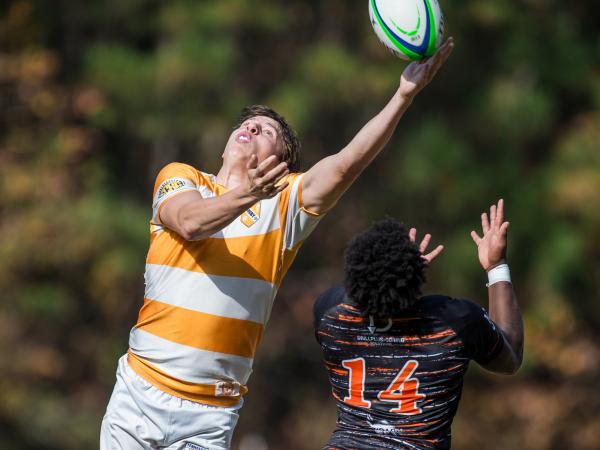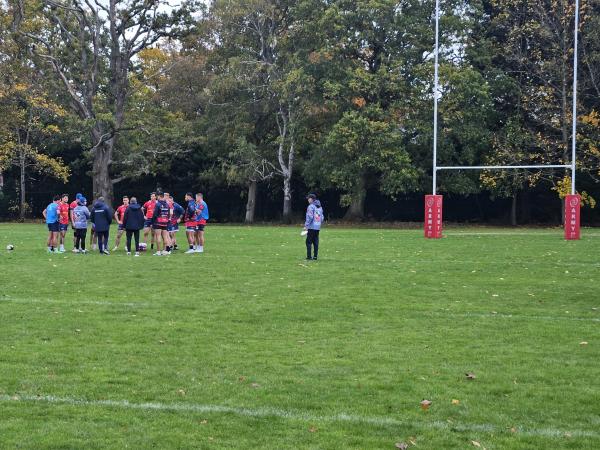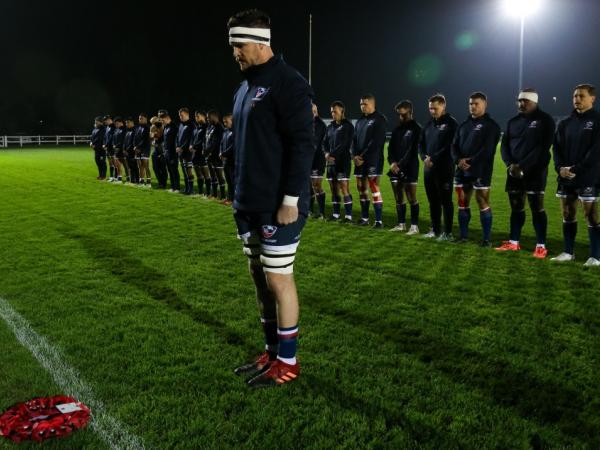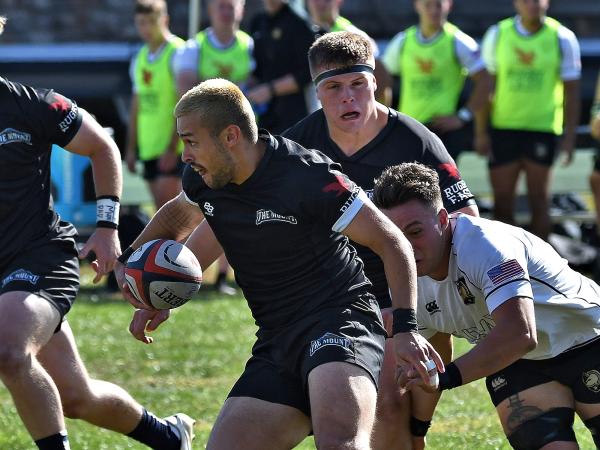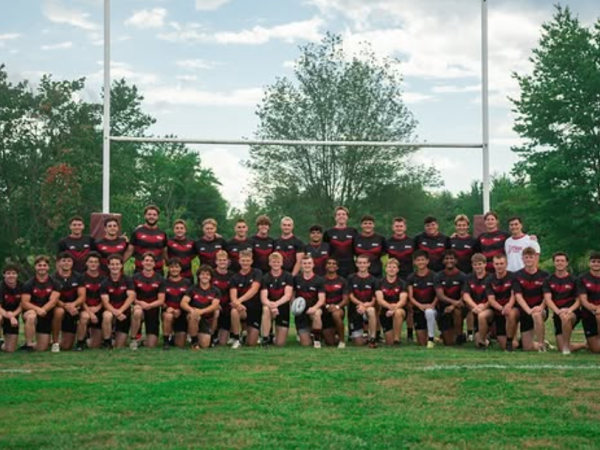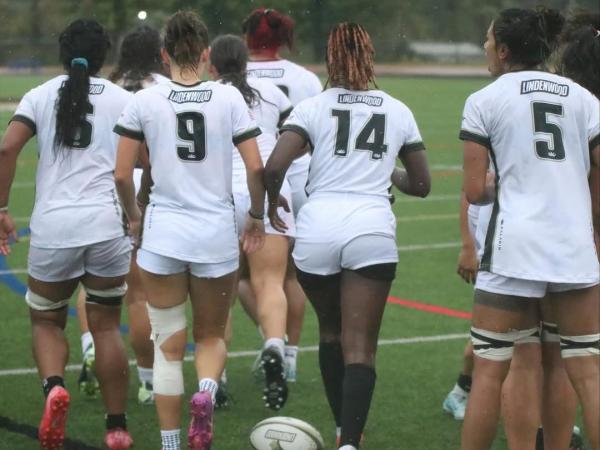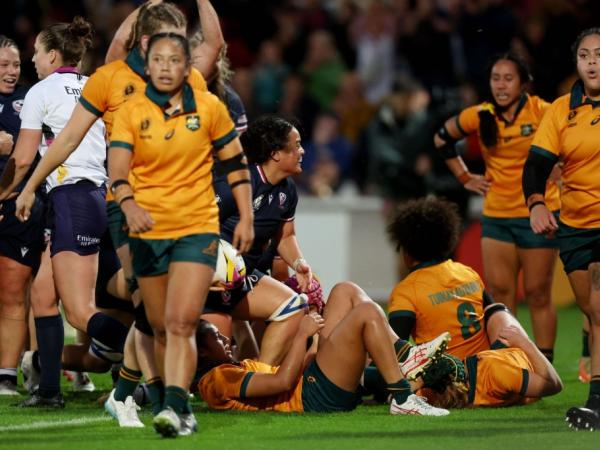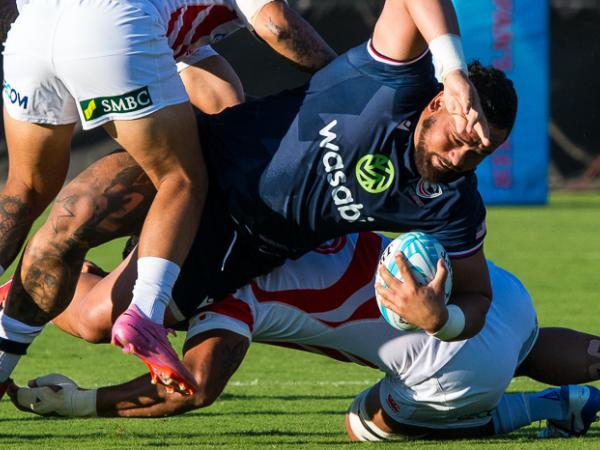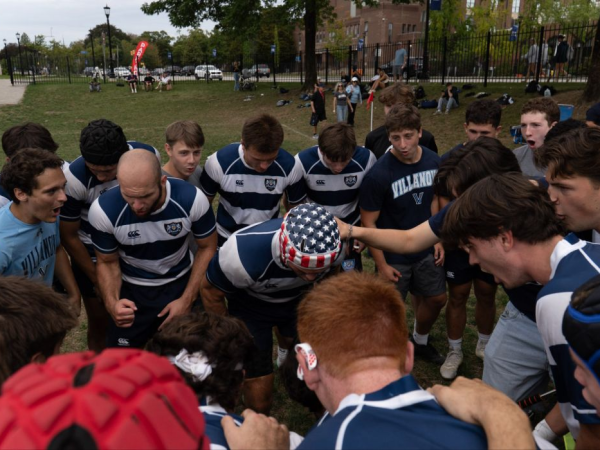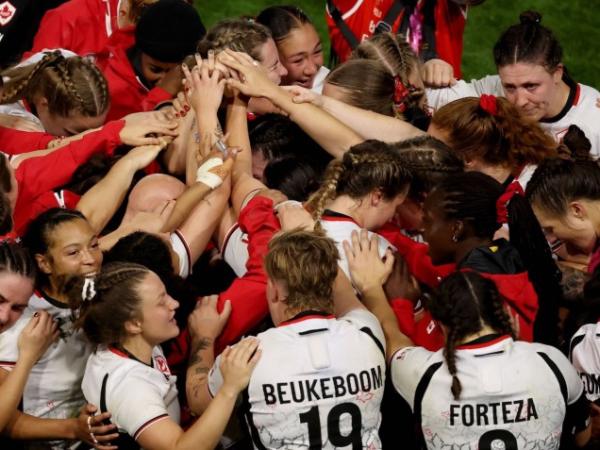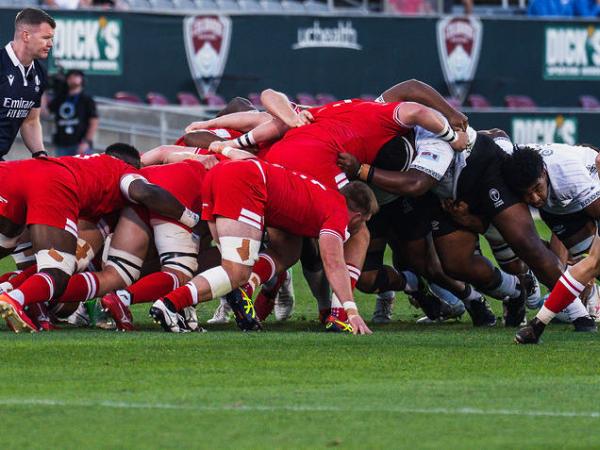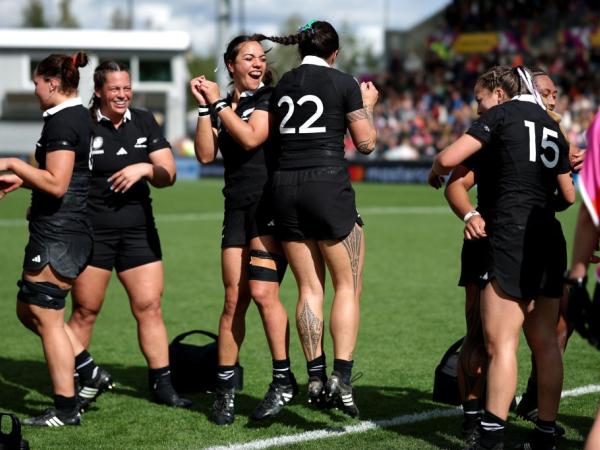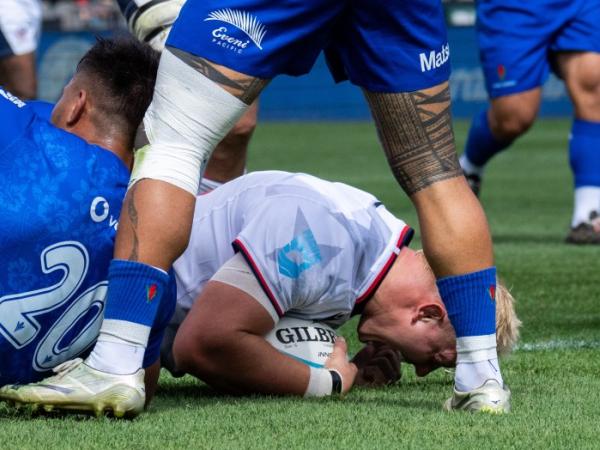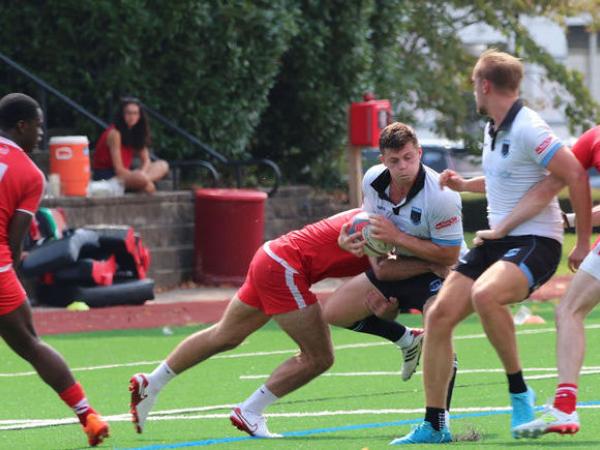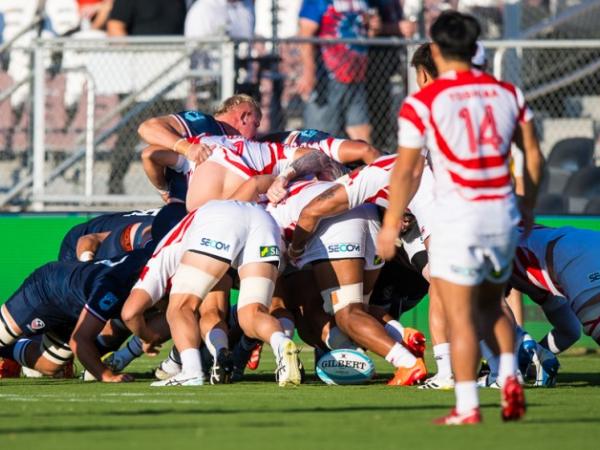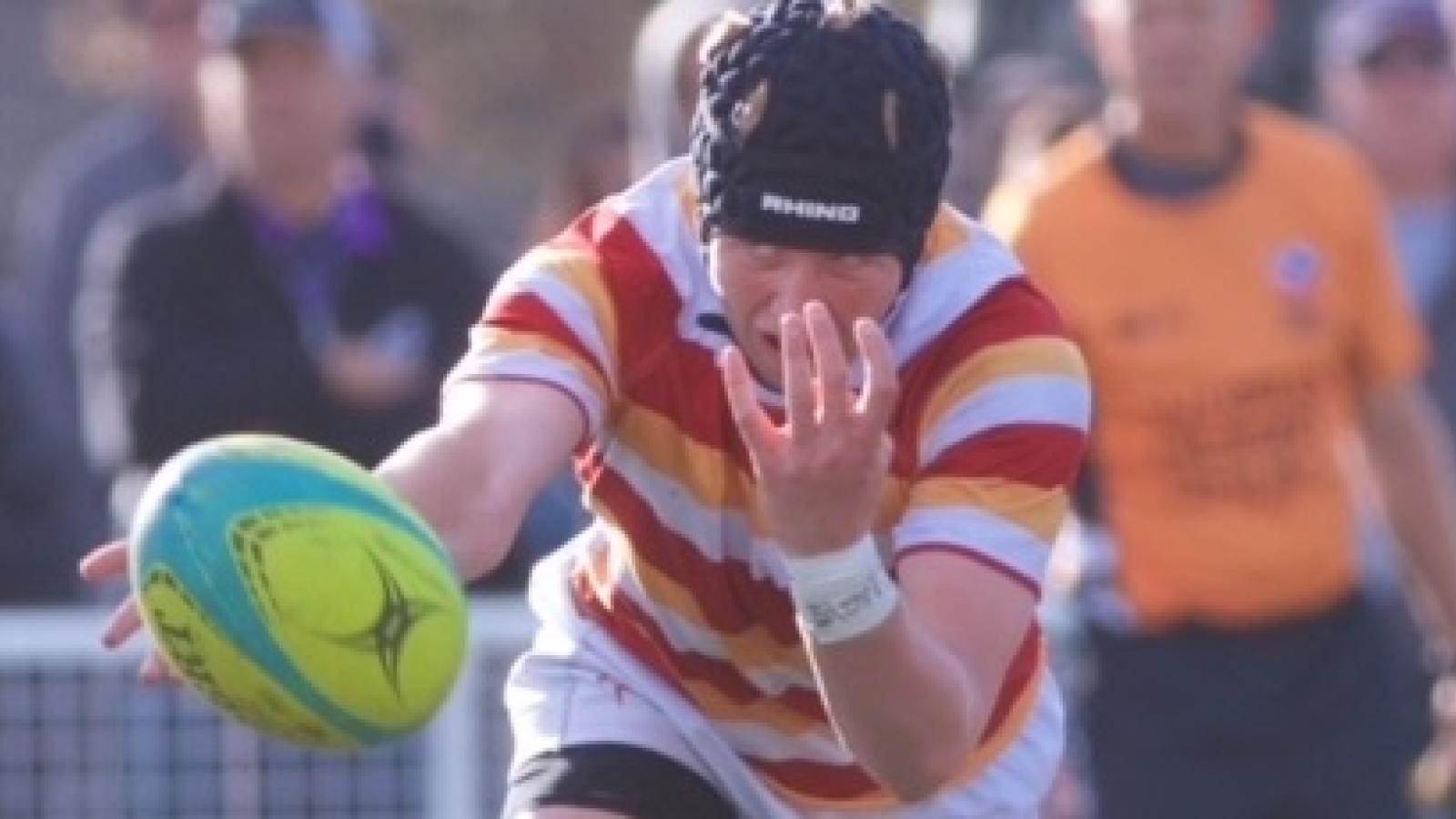This is an Opinion Column by GRR Editor Alex Goff—I fielded the question about which of the major 7s tournaments was quote-unquote better several times over the past 10 days or so and though I would look at it more closely.
The thing is, it's actually kind of hard to differentiate the two events in part because, while I can talk to players and coaches about it, I can't really experience the event as a player or a coach. I can make some observations as to the level of the competition, and some stuff about the venue, and I thought I'd compare the two.
So below is a table comparing them, but I wanted to add some stats I tracked regarding the competition level.
Elite Level Women and Men
In the Men's Gold (R7CC) and the Men's Premier (CRC), I looked at the percentage of games that were decided by 7 points or less, between 8 and 14 points, between 15 and 21 points, and more than 21 points.The numbers are fascinating to me because they are so imilar:
Close Games: R7CC 38%, CRC 39.5%
Moderately Close Games: R7CC 15%, CRC 18.4%
Lopsided Games: R7CC 15.5%, CRC 15.8%
Blowouts: R7CC 26.4%, CRC 26.3%
Wow. Really there was no different between the numbers. Now, part of this is because the different formats of the tournaments end up achieving the same thing: funneling like-level teams toward each other. At the same time, you had some teams kind of struggle late because of fatigue or injuries. So I got to thinking that maybe we should be looking at the very top—how competitive were the quarterfinals, semifinals, and finals. The R7CC Men's Gold had three close games, two moderately close games, and one each Lopsided and Blowout. The CRC had four close games and three blowouts, and neither in between.
What that told me is that maybe ... maybe ... at the very top the CRC didn't quite have eight teams of roughly the same competitive level.
On the women's side, there was a really weird result. When looking at all the games it seemed like the CRC was a bit more competitive:
Close Games: R7CC 17.8%, CRC 26.7%
Moderately Close Games: R7CC 25%, CRC 10%
Lopsided Games: R7CC 17.8%, CRC 20%
Blowouts: R7CC 39%, CRC 40%
Although ... the biggest difference was in the games that were decided by 8 to 14 points (within two tries). There the R7CC had fully one quarter of their games in that range. But I wanted to see the knockout rounds here, too, because a close game doesn't always mean a good game. I saw some very close games that were tough to watch.
But, I figured, the eight best teams in the competition could compete, right? Well here we have a problem in that Lindenwood dominated in both tournaments. Save the CRC final every score was almost identical: 31-0, 36-0, 47-0, 34-0, 27-7, 32-0, 38-0, 33-0, 27-0, 19-7. Lindenwood, then, produced five of the 11 blowouts in the R7CC, and three of the 13 in the CRC.
In the quarterfinals/semifinals/finals, there were only two Close Games in the R7CC, two blowouts (both Lindenwood), two Moderately Close games (25-12 and 24-14), and one Lopsided game (Lindenwood). In the CRC the numbers are a bit more sobering, with one Close Game, one Moderately Close, and five blowout shutouts.
So my observations at the time seem to be borne out: the Women's Gold level was more competitive at the top end in the R7CC, and really most of the CRC Women's Premier was a step below (see my Women's College 7s rankings, which reflect that). The Men's Gold and Men's Premier events were much closer, especially at the top end. But the first round produced blowouts in half the games, which isn't what anyone wants. I get why the CRC wanted five rounds of competition in their bracket, but there weren't five rounds' worth of competitive teams.
Men's 2nd Level
My comment to anyone who asked about the Men's Red and the Men's D1 Club in the two tournaments was that we didn't have enough depth of competition to have two national tournaments for this level. This is borne out in the stats. The CRC was pretty close until you got to the bottom of the bracket. This division only had seven teams because some teams that clearly were D1 Club were in the Premier filling out that list of 32.
But things were weird in Atlanta, too. You saw the distribution of the winning margins in the top level above; you'd expect something similar in the Men's Red. Nope, sorry. Of the 33 games played, 13 were Close Games (which is a lot, 39%), and 12 were Blowouts (which is also a lot, at 36%). There were no games decided by 15-21 points, and eight that were moderately close. So either the teams were very evenly matched, or someone in the game was completely over-matched. So could we take the CRC D1 Club and the R7CC Men's Red, mush them together and get a better tournament? Yes we could.
Women's 2nd Level
The Women's D1 Club in the CRC was much, much more competitive than the Women's Red in the R7CC. The breakdown of Close to Blowout in percentages was as follows (with rounding):
Close: R7CC 26%, CRC 38%
Moderately Close: R7CC 16%, CRC 29%
Lopsided: R7CC 11%, CRC 6%
Blowout: R7CC 47%, CRC 26%
So almost half the R7CC games were blowouts. Almost all of those games were wins by the finalists, Davenport and Navy. Once again, though, it shows that maybe we don't have enough consistency of level of play to split this event. It's worth pointing out that Davenport and Navy will be in the Gold event next year and that could change the profile of both divisions.
Men's DII and Small College
There's no contest here: The CRC, as it should, given that almost all of these teams play under NCR in 15s, had a much stronger competition. This didn't quite show up in the numbers, however, as Blowouts were the most common outcome, happening 36% of the time. But Close Games (25.5%) and Moderately Close (27.6%) were the majority if you combined them.
Blowouts were also the most common outcome in Small College (35%), but at 28% Close Games was nearby. The way I figure it here, this was a case of the CRC thinking "if less is more, just think how much more MORE would be!" Twenty-eight teams was too much; 24 or 20 would have been better.





